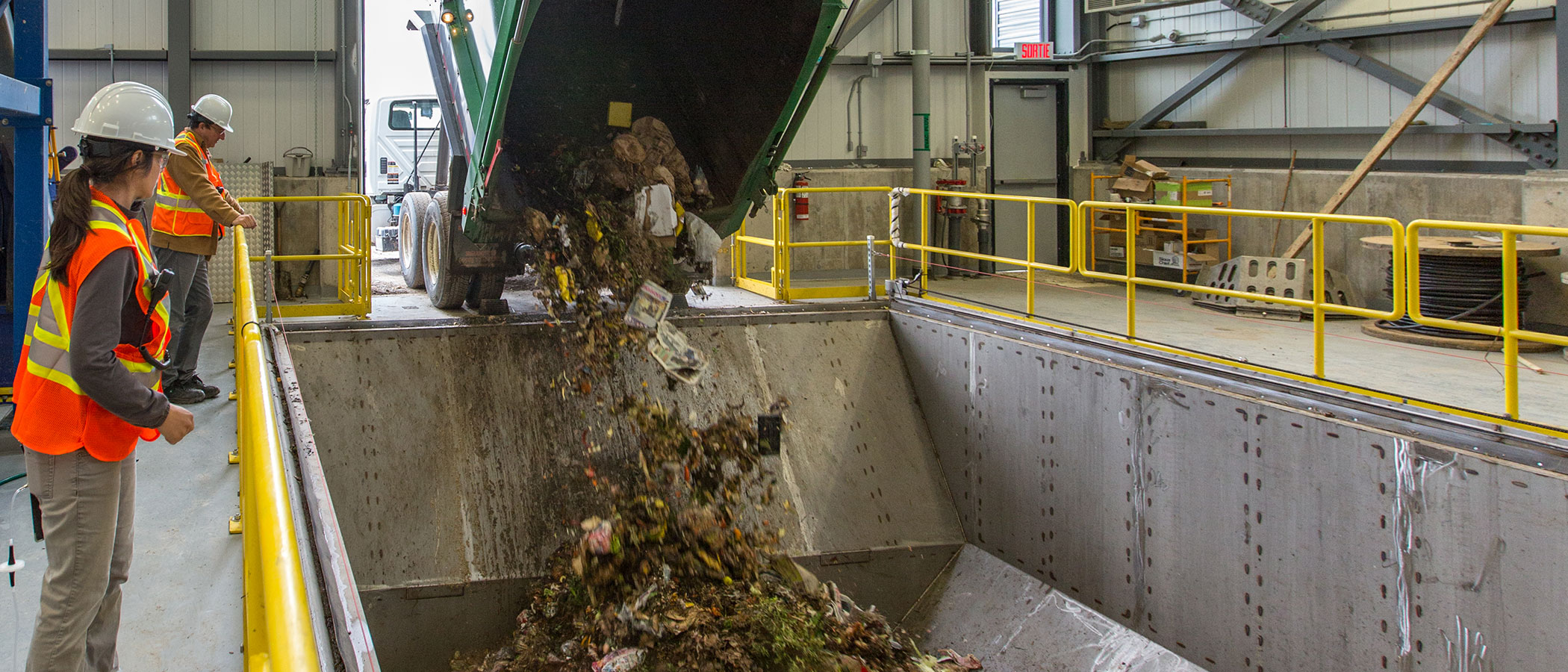Waste-to-Energy incineration is the sustainable alternative to landfills for waste disposal. Waste-to-Energy is not the incineration of decades ago. These modern facilities divert waste from landfills to generate energy from the combustion of municipal solid waste. Our Waste-to-Energy facilities are designed to convert the waste that remains after recycling into electricity for homes and businesses and steam for export to industries. Waste-to-Energy is a technologically advanced means of waste disposal that is widely recognized for reducing greenhouse gases—particularly methane—by eliminating emissions from landfills. we working in this area continuously.
Waste to energy

Operation
At CGS our priority is to understand client requirements, ensuring that their waste management strategic goals are understood and reached. We work with our clients to identify their waste composition; waste production and waste generation rates so that we can help them to shape a service solution. We identify the best available technologies to treat waste and where we can we add value to the wastes that are generated through material recycling and reuse.
Transport
CGS carefully plan transportation requirements, making sure that safe, compliant and reliable service execution is maintained. A variety of solutions can be applied to the reduction, reuse, classification, recycling and transportation of non-hazardous and hazardous waste, resulting in economical solutions that meet exacting local, national and international standards. We work with our clients to mitigate environmental impacts and to optimize waste as a resource.
Cycle
We bring together the supply chain to enable circular economies to be created. We identify longer lasting and sustainable treatment solutions that provide maximum resource recovery. We develop waste education and awareness programs aimed at waste producers to reduce, reuse, recover and recycle where it is practical to do so. CGS has developed some innovative and compelling solutions that can help you to manage waste out of the supply chain or use what you do generate in a more efficient way.
Our first responsibility with respect to waste is to minimize it. Once we’ve done what we can to reduce, recycle, and reuse, we still have to do something with the residual. Converting waste to energy through incineration, gasification, or pyrolysis is a trash management strategy that can also reduce greenhouse gas emissions by reducing methane generation from landfills and releasing energy that can substitute for that generated by fossil fuels. However, it also can contaminate air, water, and land with toxic pollutants. Project Drawdown’s Waste to Energy solution involves the combustion of waste to produce electricity and usable heat. It replaces conventional electricity-generating technologies such as coal, oil, and natural gas power plants. The magnitude of impact varies substantially depending on the baseline used. Key considerations include the caloric content of waste, the waste's methane generation potential, likely alternative disposal pathways, and the fossil fuels being displaced. We based the total addressable market for the Waste to Energy solution on projected global electricity generation from 2020 to 2050. The total addressable market is different for our two scenarios because Scenario 2 projects extensive electrification of transportation, space heating, etc., dramatically increasing demand and therefore production of electricity worldwide.

Waste-to-energy conversion is considered as a bridging technology before other superior waste management methods become completely feasible, even if it is preferable to landfilling. Island nations may continue to use waste-to-energy conversion as an alternative to landfilling while limiting the negative effects by utilising more sophisticated technologies, like plasma gasification. The promotion of the waste-to-energy solution will be most effective in areas with high electricity and trash disposal prices as well as easy access to money. Within a larger framework of integrated solid waste management, waste-to-energy conversion should be supported in each region's setting. The risk to adjacent communities' public health that improperly managed waste-to-energy conversion can pose (and in the past has presented) makes this all the more crucial. Waste-to-energy conversion will continue to offer a chance for societally advantageous greenhouse gas emissions reduction when adequately strong pollution controls are in place and when landfilling is a plausible waste disposal choice.